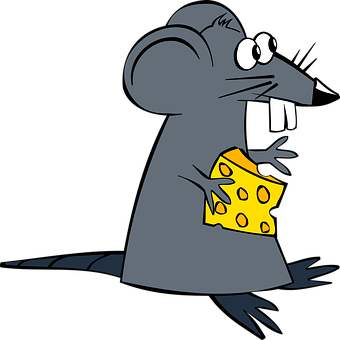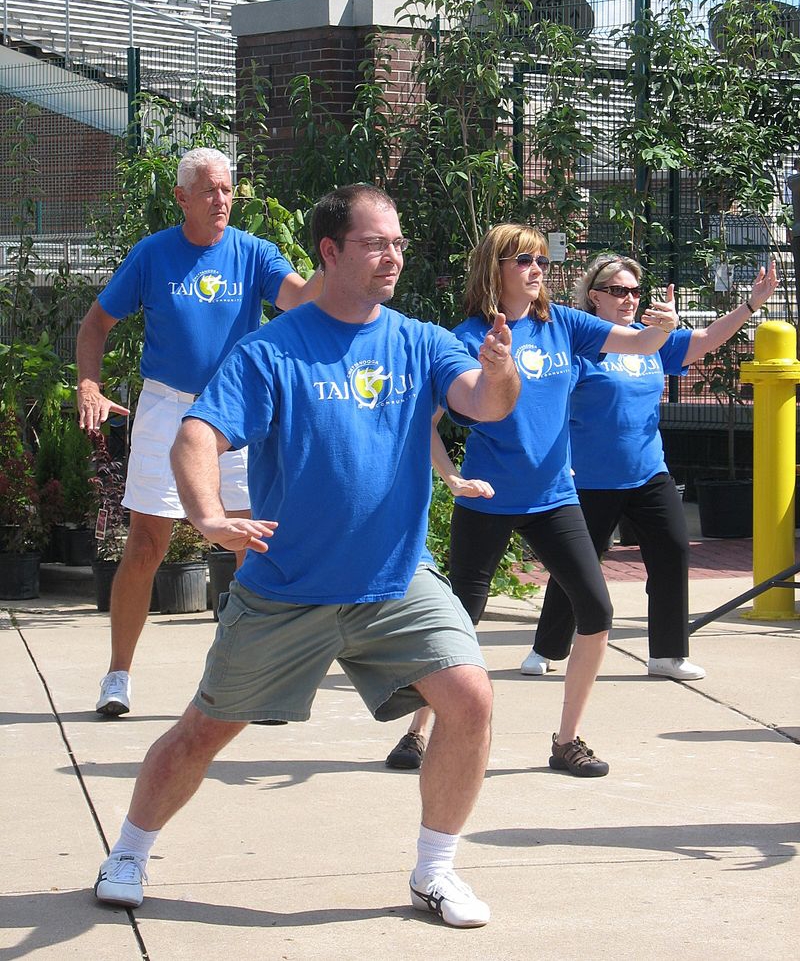Do Hungry Mice Have the Answer to the Opioid Crisis?
/By Pat Anson, Editor
Yes, that a silly headline. There have been a lot of them lately on how to end the opioid crisis, most of them involving new ways of treating chronic pain without the use of addictive drugs.
Some of these ideas are sincere, some are strange and others are just plain silly. There were a quite a few this week that produced some interesting headlines.
“Staying hungry may suppress chronic pain” was the headline in a Chinese website that reported on a study conducted at the University of Pennsylvania. Researchers there found that laboratory mice that weren’t fed for 24 hours still felt acute short-term pain, but their chronic pain was suppressed by hunger.
“We didn't set out having this expectation that hunger would influence pain sensation so significantly," says J. Nicholas Betley, an assistant professor of biology in Penn's School of Arts and Sciences. "But when we saw these behaviors unfold before us, it made sense. If you're an animal, it doesn't matter if you have an injury, you need to be able to overcome that in order to go find the nutrients you need to survive."
Betley isn’t suggesting that chronic pain patients stop eating or starve themselves, but he believes the finding could pave the way to new pain medications that target brain receptors that control survival behavior.
“Chronic pain relief: How marine snails may be able to help” was the headline used by WNDU-TV to report on a recent study at the University of Utah.
Researchers there say a compound in the venom of cone snails could someday be used in pain medication. The venom paralyzes small fish so that hungry cone snails can slowly eat their prey alive.
"We really hope that we will find a drug that could be as effective for severe pain as opioids but has far less side effects and is not addictive," says Russell Teichert, PhD, a research associate professor in the Department of Biology.
Interestingly, the cone snail study is funded with a $10 million grant from the U.S. Department of Defense. Human trials are expected to begin in a couple years.
“Why Tai Chi Works So Well for Pain Relief” was the headline in Time about a study by researchers at Tufts Medical Center. The headline is a bit misleading, because the study only included fibromyalgia patients and compared the effectiveness of tai chi to aerobic exercise in relieving pain.
The last thing many fibromylagia sufferers want to do is practice tai chi, but the Chinese martial arts exercise was found to be just as good or better than aerobics, which is sometimes recommended as a non-drug treatment for fibromyalgia.
“It is low risk and minimally invasive, unlike surgery, and it will not harm your organs, like long term drug use,” said Amy Price, a trauma survivor who lives with chronic pain.
“Kellyanne Conway Tells Students to Eat Ice Cream and Fries Rather than Take Deadly Drug Fentanyl” is how Newsweek summed up a speech by a top presidential advisor to a group of college students.
“On our college campuses, you folks are reading the labels, they won’t put any sugar in their body, they won’t eat carbs anymore, and they’re very, very fastidious about what goes into their body. And then you buy a street drug for $5 or $10, it’s laced with fentanyl and that’s it,” said Conway, who oversees the Trump administration’s response to the opioid crisis.
“So my short advice is, eat the ice cream, have the French fry, don’t buy the street drug—believe me, it all works out.”
Conway probably said this tongue-in-cheek, but critics were quick to pounce.
“Was feeling bad about my McDonalds ice cream cone today until I realized it helped me avert opioid addiction. Thanks Kellyanne Conway!” Lola Lovecraft tweeted.
“I was considering doing fentanyl but now thanks to Kellyanne I’m just gonna 'have the French fry” instead. Saved me from a life on the streets!” tweeted Mike Stephens.
Conway’s boss had zinger of his own after signing a $1.3 trillion spending bill on Friday.
“We’re also spending $6 billion on, as you know, various forms of drug control, helping people that are addicted,” said President Trump. “The level of drugs that are being put out there and the power of this addiction is hard to believe. People go to the hospital for a period of a week and they come out and they’re drug addicts.”
No, Mr. President, that’s a myth. Studies have repeatedly shown that it is rare for hospital patients to become addicted to opioids.
One study found that only 0.6% of patients recovering from surgery were later diagnosed with opioid misuse. Another study found that only 1.1% of patients treated with opioids in a hospital emergency room progressed to long term use.
What is true is that there’s a growing shortage of opioid medication in hospitals and hospices, and that’s leading to medical errors and the unnecessary suffering of patients. The shortage is due in part to manufacturing problems and severe cuts in opioid production quotas ordered by the DEA.
President Trump is aware that opioid prescribing has declined significantly, but he’d like to see more. This week he called for opioid prescriptions to be cut by a third over the next three years. “Doctors are way down now in their orders of the opioids, way down. It’s a great thing,” he said.
Let's hope the hungry mice and cone snails share their secrets soon.














